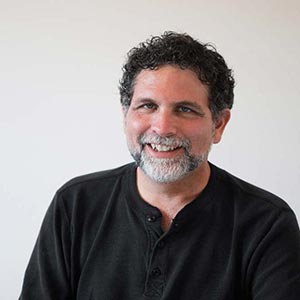Before getting back to the issue of freewill I wanted to write a post or two about the general topic of evolution and the less general topic of “conscious evolution.” My interest in freewill falls in the context of my interest in “conscious evolution,” but before I get to a discussion of that idea, I want to first craft a general philosophical image of evolution that I think matches the spirit of the conception held by the American Pragmatists.
When most of us think of the term evolution we think about biological evolution – fossils, dinosaurs, species mutation, etc. What I want to do here is present an image of evolution that is philosophical – in the sense of using ideas abstractly without reference to physical particulars. To do this I want to start with what the American Philosopher, Charles Sanders Peirce, identified as the two most fundamental characteristics of the universe – continuity and spontaneity.
Continuity implies sameness, constancy, consistency, and unity. Spontaneity implies newness, creativity, freedom, and change. The universe we live in appears to have two opposing forces corresponding to each of these characteristics. The force of continuity is the tendency for things to remain the same. It is the stickiness of the universe and can be called inertia. The force of spontaneity is the tendency for things to change, to appear anew and become something different. This force has been called “the Evolutionary Impulse” in the philosophy of Evolutionary Enlightenment.
The universe seems to be in a state of dynamic equilibrium between these two forces that keeps it from falling into either total continuity or total spontaneity. If the force of inertia were too strong the universe would slow down to a dead stop and become a frozen brick. If the evolutionary impulse were too strong the universe would explode into total chaos. So far, the universe appears to have done neither.
I picture this dynamic balance metaphorically as a bucket of mud. The clay is the continuity and the water is the spontaneity. If you have only clay, the resistance to change is so great that you can’t poke your finger though it – you can’t produce change. If you have only water in your bucket, you can easily generate change as in the hole you create with your figure disappears as soon as you pull your finger. If you have the right consistency of mud you can still poke your finger in, but when you pull it out the whole that you created sticks.
Maybe we could call the process of evolution – “change that sticks.”
To me this extremely general definition of evolution becomes more exciting when you image that the “stuff” that is changing – the mud in the bucket – in the universe is not just the matter – the atoms, molecules, and organisms – it is the whole continuum of matter to mind. The continuity from mind to matter that James, Dewey and Skinner were seeing created a universe that was made out of one kind of stuff. (Ralph Waldo Emerson by the way held the same idea.) That stuff has the characteristics of both continuity and spontaneity and there for within that stuff – within our universe – change happens that sticks. Evolution occurs.
So if we want to talk about conscious evolution, we have to figure out who it is in that one stuff that is conscious. And if it is really one stuff, then would it be true that only that one stuff could possibly be conscious? I want to think about that one.
